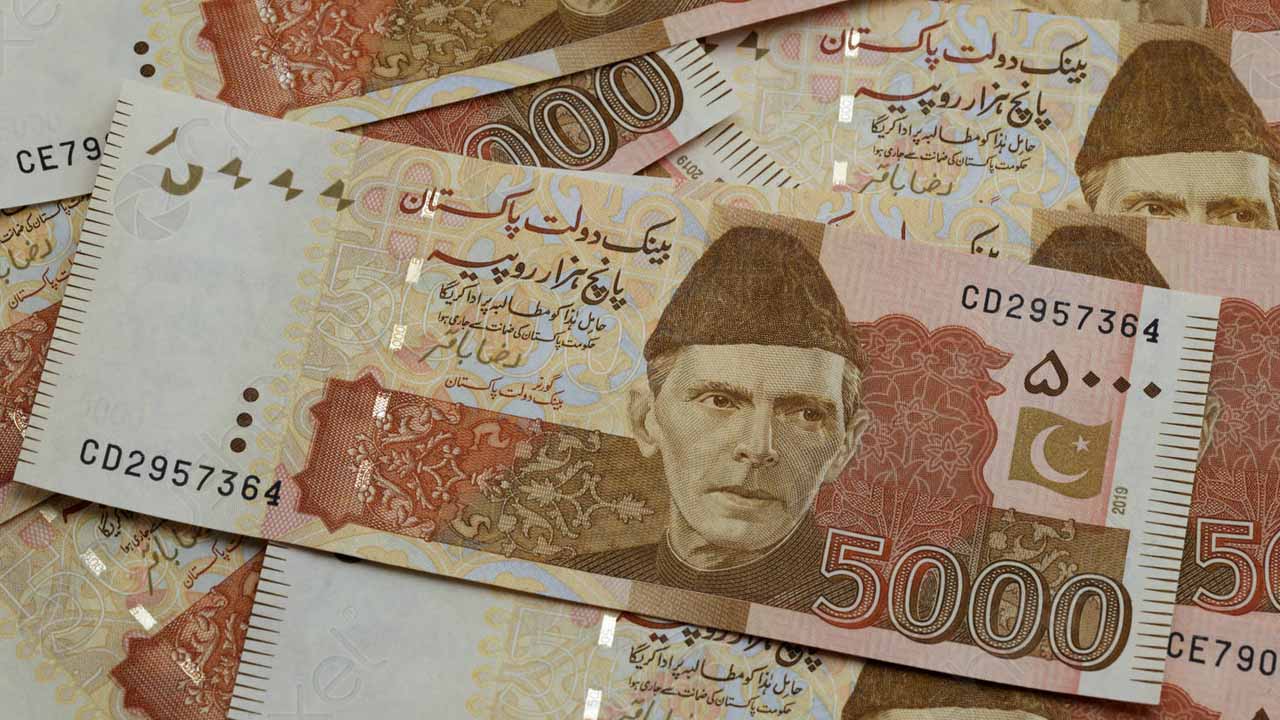The Pakistani rupee posted a substantial recovery against the US dollar and was up 4.51% during the early hours of trading on Friday.
On the interbank market, the rupee was quoted at 272.78 at 11:55 a.m., up Rs12.31 from the past hour.
After falling 6.66%, or over Rs19, to settle at a new historic low of 285.09 compared to the US dollar on Thursday, the Pakistani rupee started to recover.
The reverse of the rupee’s trend, according to Saad Khan, Head of Research at IGI Securities, came after Pakistan’s foreign exchange reserve significantly increased as a result of receiving cash from China.
“This positive sentiment comes after funds from China Development Bank were received, which were reflected in the foreign exchange reserve position yesterday, bringing a sense of calmness into the market,” said Khan.
“However, the daily wild swings of exchange rate are very unusual and a dangerous trend, which will boost the black market premium,” added Khan.
In a significant development, the State Bank of Pakistan’s Monetary Policy Committee (MPC) boosted the key policy rate by 300 basis points (bps) to 20% on Thursday with the goal of containing inflation.
In order to relieve pressure on the external account and meet import demands, the committee further emphasized the urgent necessity for energy-saving measures.
The MPC expected that by making this choice, inflation expectations will be stabilized and directed towards a medium-term target of 5%-7% by the end of FY25.
Internationally, as traders tried to predict the direction of Federal Reserve policy, the US dollar pulled back from a 2-1/2-month high vs the yen on Friday and headed towards its first weekly loss since January against major rivals.
The dollar index, which compares the value of the dollar to the yen, the euro, and four other important currencies, declined 0.11% to 104.85 from a high of 105.36 at the beginning of the week, the highest level since January 6. The index has fallen 0.36% since last Friday.
A key measure of currency parity, oil prices dipped on Friday but were set to rise for the week as renewed optimism about China’s demand rebound outweighed concerns about the recession brought on by rising petroleum stocks in the US and tighter monetary policy in Europe.












